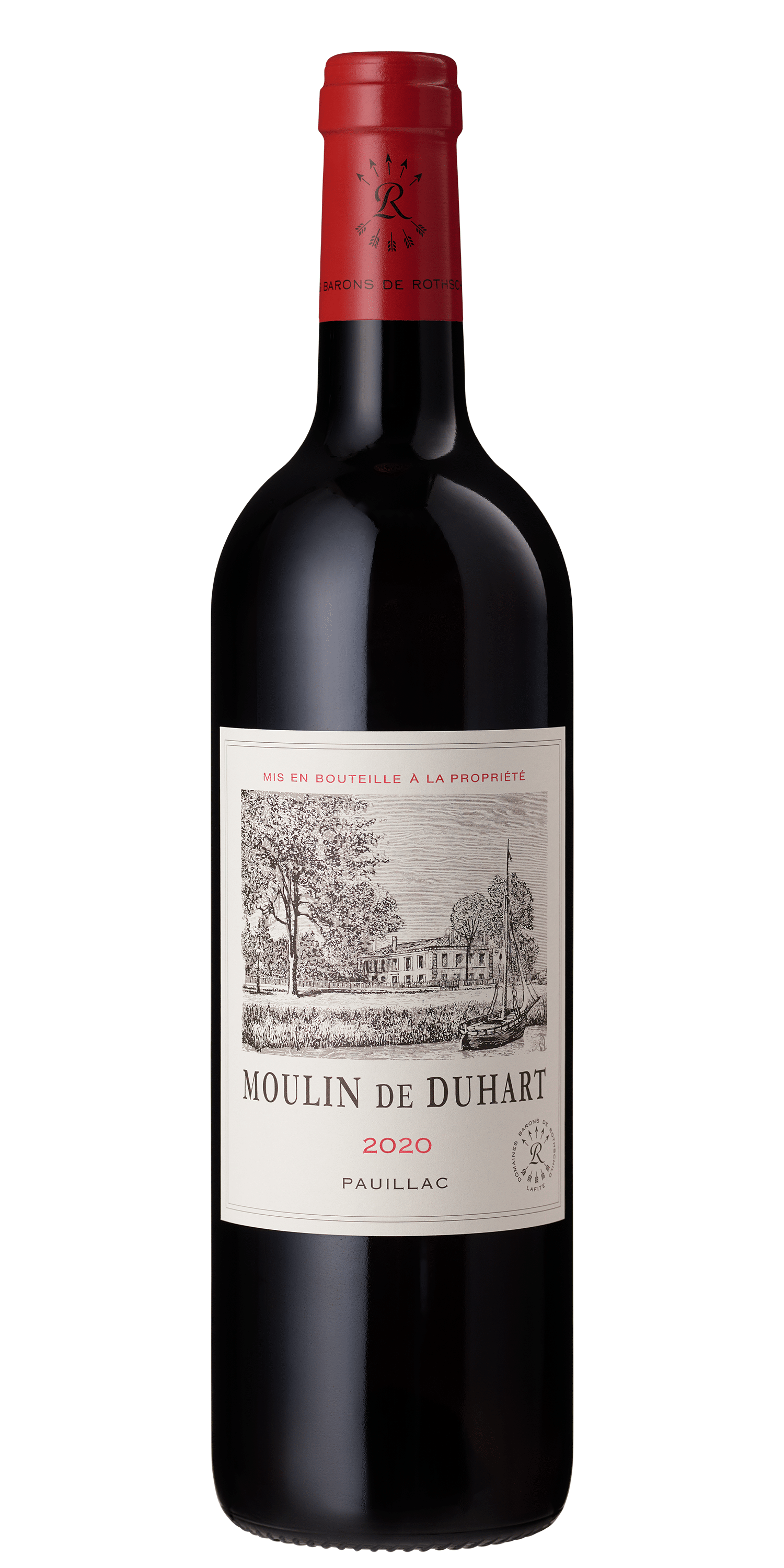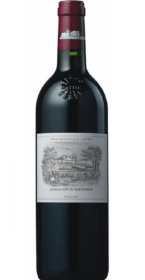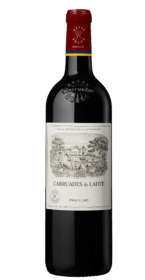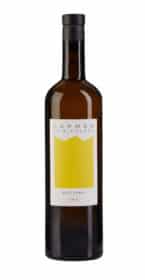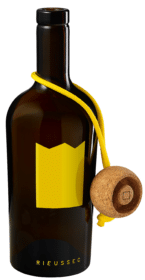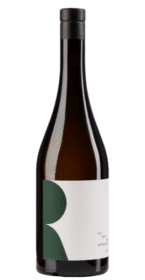Moulin de Duhart
WHY BUY IT ?
- Belongs to Domaines Baron de Rothschild (Ch. Lafite Rothschild, Clerc Milon, L’evangile, Rieussec…)
- A powerful brand, second wine of the only 4th classified growth of Pauillac château Duhart Milon
- Neighbour of château Lafite Rothschild
- A come-back on La Place as of vintage 2020
- Same winemaking techniques as Château Lafite Rothschild
Château Duhart-Milon’s second wine is selected on the same basis as the “Grand Vin”. In general, the grapes are from the younger plots in the vineyard. Moulin de Duhart has several characteristics similar to the grand vin, but with less potential for ageing as its barrel ageing period is shorter. It should be consumed younger than its more robust counterpart.
The origin of the name comes from the former presence of a windmill on the Carruades plateau, next to the Duhart-Milon vineyard.
History
The history of Château Duhart Milon dates back to the early 18th century, when Pauillac was covered with vines, under the direction of the Seigneurie de Lafite. The wines of Milon serve as an income to the Lord of Lafite and enter the “second wines” of Château Lafite, which already testifies to the recognized quality of the terroir. In 1815, the broker Guillaume Lawton already speaks of the wine of Mandavy-Milon like a fourth vintage of Pauillac in the course of creation. Between 1830 and 1840, the Castéja family benefited from the estate of Mandavy and that of widow Duhart (14 Hectares), it thus has in hand a vineyard of about 40 hectares to which it gives the name of Duhart-Milon.
The classification of 1855 recognizes the quality of the soil of Duhart-Milon by positioning it as the only 4th Grand Cru Classé of the commune of Pauillac. In 1937, the variation of successive legacies led to its sale. Five owners will then succeed in 25 years leading to the fragmentation of the vineyard and its rapid decline. The quality of the wines dropped considerably until the Rothschild family bought the property in 1962. The 110-hectare estate had only 17 hectares of vines. Following many works undertaken the property went between 1973 and 2001, from 42 to 71 hectares. Since the beginning of the 21st century, the maturity of the plantations and the renovation of the cellars have brought the last touches to the considerable qualitative effort that has been made during 40 years to give Château Duhart-Milon its rank of 4th growth.
Terroir
Château Duhart Milon’s vineyard consists of a single block of vines adjacent to Château Lafite Rothschild, on the hillside to the west of the Carruades plateau. The soil consists of fine gravel mixed with aeolian sand on a tertiary limestone subsoil. The terroir of Château Duhart-Milon extends over 76 hectares of vines which are divided between 67% Cabernet Sauvignon and 33% Merlot. The average age of the vineyard is 30 years old. a lot of work has been engaged in the vineyard: drainage works, purchase of plots, uprooting, replanting.
Winemaking
Moulin de Duhart is vinified using the traditional methods for the great Médoc wines, with destemming and crushing of the grapes before fermentation in concrete and stainless-steel vats. Fermentation takes place at a controlled temperature of 30°C, followed by maceration for about ten days. After malolactic fermentation, the wines are transferred to two-year-old French oak barrels and aged for 12 months.
Tasting the 2020 vintage
Beautiful dark and deep color. The nose is already very present and powerful, with notes of ripe and fresh fruits such as burnt cherry and pomegranate. In mouth, the attack is ample with a beautiful intensity. A wine of a beautiful power while remaining very greedy and round. The fresh woody taste, well blended, expresses itself on notes of praline pastry. The finish is long and expresses all its potential with a lot of brightness.
Their Team
- Technical Director: Eric KOHLER
- Oenologist and Winemaker: Christophe CONGE
- Vineyard Manager: Régis PORFILET

